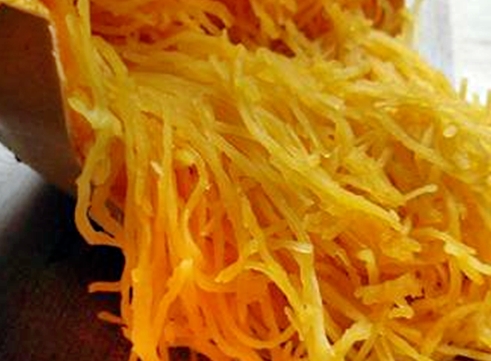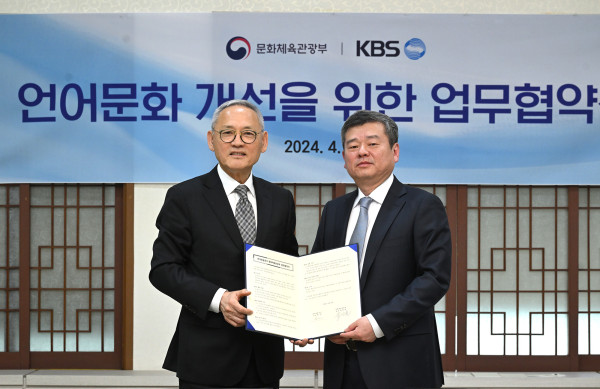![[SBS You Are My Destiny] ‘24-hour wife care’ Kang Jae-jun “Kkangchong is precious, but Eunhyeong is the most precious.”](https://www.kroamer.com/upload/trending/thumb-L0U1713833341682_600x2692.jpg)
1. [SBS You Are My Destiny] ‘24-hour wife care’ Kang Jae-jun “Kkangchong is precious, but Eunhyeong is the most precious.”
Next, Kang Jae-jun said, "Looking at myself these days, I feel, 'This is why I am growing up to become a father when I have a child.'" He talked about the meaning of family that he is realizing again thanks to his child. In fact, in the video of the two people's daily lives released subsequently, Kang Jae-jun attracted attention by looking 180 degrees different from the past. Kang Jae-jun studied pregnancy on YouTube early in the morning, made healthy juice for Eun-hyung Lee, and spoke sweetly to Eun-hyung Lee while he was sleeping. He took great care of his wife and child. Lee Eun-hyung also touched the hearts of the audience by talking about Kang Chong, who came to him like a blessing just when he was about to give up, saying, "If this continues, we could become Dink." The couple then talked about their deeper sense of responsibility as a couple thanks to Kkangchong, and Yang Se-hyung, who listened to this, said, "Seeing them like this makes me want to get married more than when I see other people." During an ultrasound examination, Lee Eun-hyung burst into tears when the doctor told her, "Everything is fine," and Kang Jae-jun stayed by her side, comforting her. → MoaPic!



![[SBS Drama Ghoul] 2024 New York Festival TV & Film Awards Bronze Award!](https://www.kroamer.com/upload/trending/thumb-kBS1713919774588_600x430.jpg)




